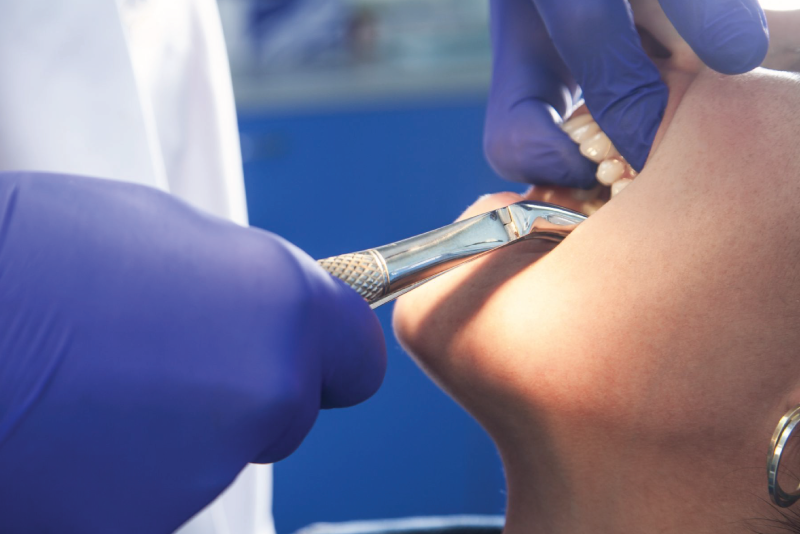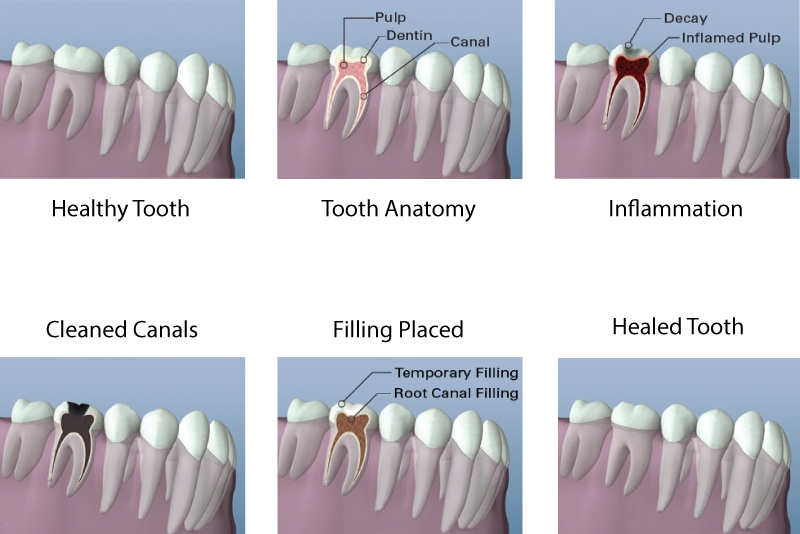Instructions
Before Endodontic Treatment
This procedure will be performed using local anesthesia, or using local anesthesia and sedation/nitrous oxide. If only local anesthesia is used, then there are usually no restrictions after the procedure concerning driving or returning to work. If light to moderate sedation is used, please follow our Oral Conscious Sedation Protocol. If you have opted to use nitrous oxide sedation, please follow our Nitrous Oxide Protocol.
Continue all medications for blood pressure, diabetes, thyroid problems and any other conditions as recommended by your physician. If there is a question, please call our office prior to your appointment.
If you have been advised by your physician or dentist to use antibiotic premedication, please make sure you are on the appropriate antibiotic on the day of your appointment. This will be discussed during your consultation visit.
If you have any questions, please call our office at 519-741-8080


Home Care Instructions : After Endodontic Treatment
A temporary filling has been placed in the endodontic access of your tooth. Your tooth and surrounding gum tissue may be slightly tender for several days as a result of manipulation during treatment and previous condition of your tooth. This tenderness is normal and is no cause for alarm. If you have been given a prescription for medication, please take it as directed. If no prescription was given, you may take Ibuprofen (Advil or Motrin) or Acetaminophen (Tylenol) if needed. Do not be surprised if you cannot chew on this tooth for a few days, however, use the tooth as soon as you can since function makes healing more rapid. If you grind or clench your teeth, expect a longer recovery period.
You may continue your regular dental hygiene regimen unless otherwise directed.
NOTE: Alcohol intake is not advised while taking any of these medications. Should you experience discomfort that cannot be controlled with the above listed medications, or should swelling develop, please contact this office immediately.
Voice mail is available after-hours by calling the office number. This voice mail is checked regularly until 9:00pm. Please leave a detailed message with your name and telephone number. Please have your local pharmacy number available.
If you have any questions, please call our office at 519-741-8080
Fractured Cusp
When a cusp becomes weakened, a fracture may result. The cusp may break off or be removed by a dentist. A fractured cusp rarely damages the pulp, so root canal is not necessary. Your dentist will usually restore the tooth with a full crown.
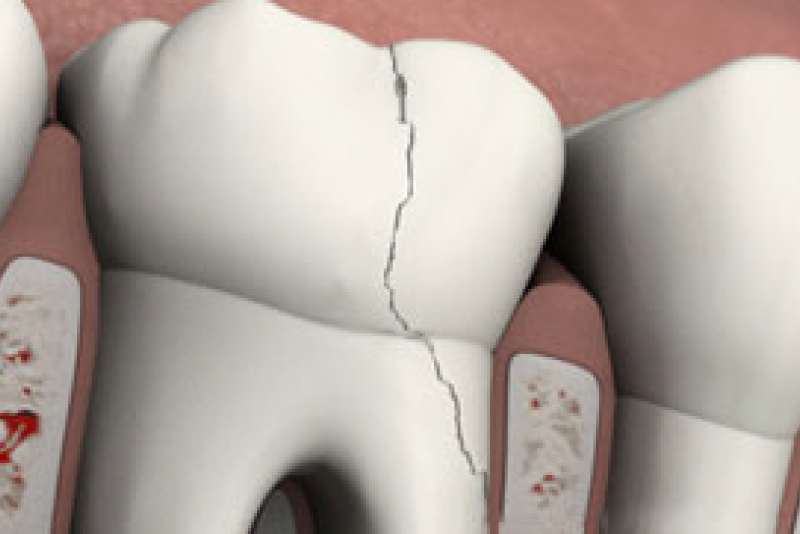
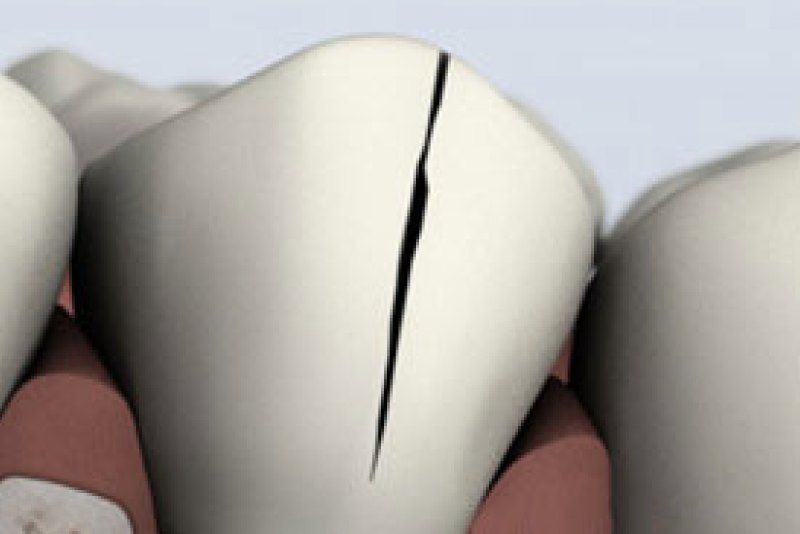
Treatable Cracked Tooth
This type of crack extends from the chewing surface of the tooth and vertically migrates towards the root. In some cases, the crack may extend below the gum line. It is possible for the crack to extend further into the root. Damage to the pulp is commonplace. In this case, root canal treatment is usually necessary. A cracked tooth that is not treated will worsen, resulting in the loss of the tooth. Therefore, early detection is essential.
Split Tooth
A split tooth is usually the result of an untreated cracked tooth. It can be identified by a crack with distinct segments. This type of tooth can never be saved intact. Yet, the position and extent of the problem will dictate whether any portion of the tooth can be saved. Sometimes, endodontic retreatment by the doctors and restoration by your dentist can be used to save a portion of the tooth.
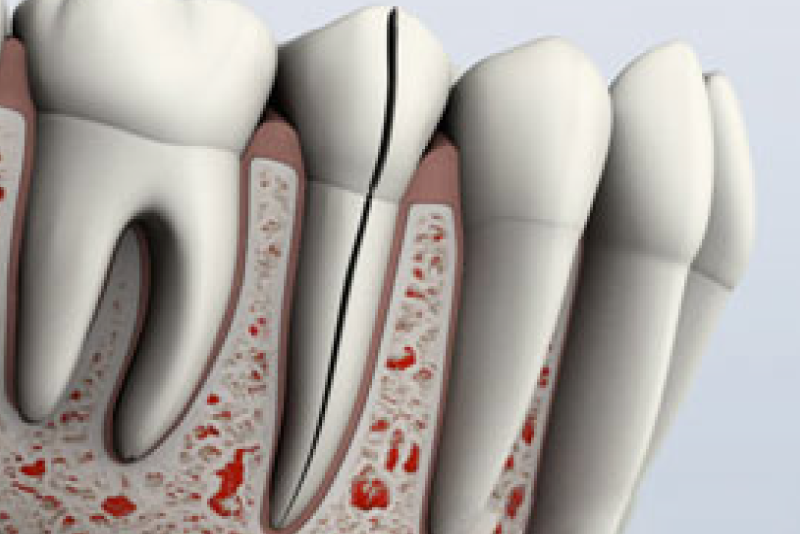

Vertical Root Fracture
A vertical root fracture begins at the root and extends towards the chewing surface of the tooth. Unfortunately, they show minimal symptoms and may go unnoticed. Treatment involves endodontic surgery if a portion of the tooth can be saved by removal of the fractured root. Otherwise, the tooth will have to be extracted.



